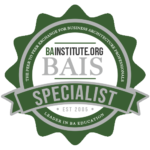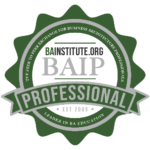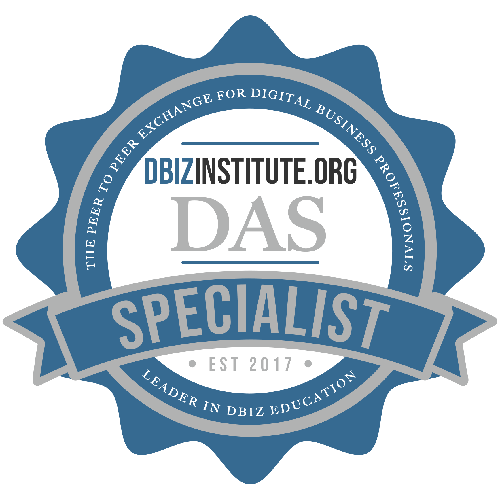Management Strategies for SOA
The SOA consortium has been running an annual contest for the best SOA Case Studies. Last year I attended the event and summarized the common characteristics of successful SOA implementations. This year’s winners shared the same characteristics:
1. Strong executive level commitment2. Educate the business of the value of SOA3. Establish a Center of Excellence4. Well defined business services5. Completeness of services6. Sound quality assurance7. ROI realized over time8. Deliver substantial value
If I put these characteristics into categories, I come up with people, process, technology, and business. A good management strategy is to manage a roadmap that plots out key deliverables in each of these areas.
Let’s start with people. One of the first things that needs to occur is an organizational readiness assessment. Is there a executive level champion with enough clout to push this initiative through? What skill gaps do both the IT and business staff have? Can the culture handle the changes required to to transform the way business and IT works? What are the road blocks? How will we communicate, to who, how frequently, and with what tools? What this boils down to is creating a organizational change management plan with a communication strategy being the most critical component. This plan should be one of the work-streams in the SOA roadmap and must be closely managed. Nothing derails an SOA implementation more than communication breakdowns and resistance to change.
Another critical work-stream in the SOA roadmap is the process or governance plan. In most cases, existing processes need to be adjusted to support an SOA initiative. It is critical to measure key metrics to ensure that the system is performing and meeting SLAs, the business is getting value from the services that have been built and deployed, and that design goals, such as reuse, speed to market, and cost reduction are being achieved. Creating a Center of Excellence (COE) is also critical to ensuring that only services that add value are built and that they are built in a consistent and appropriate manner. It is also important that the team responsible for governance take a business first approach and does not get bogged down in semantics. Setting up the COE and maturing the SOA governance model over time is a key management strategy. The goal should be to provide the right amount of governance at the beginning to apply enough control without slowing down the implementation to the point where business value cannot be obtained in a timely manner. As the amount of services grow and the amount of people who are assigned to work on these initiatives increase, the amount of governance should grow accordingly.
The one area that is usually the center of focus is technology. I recommend that the SOA roadmap has a technology work-stream as well. Many SOA implementations require technology expertise in several layers of the architecture: business processes, business rules, data services, security, etc. Not only does this require a wide range of skill-sets from many different resources, but it may also include a wide variety of tools that need to be implemented. Each technology layer of the architecture needs a plan and a master technology plan needs to tie it all together. These layers may or may not be targeted to be worked on concurrently. Some implementations focus on one or two layers at a time while others, typically the ones with large budgets, have strong dependencies across all layers. Regardless, there are many tasks that must be managed to ensure that the technology is built and supported.
The fourth category is business. At the end of the day, the reason for the SOA implementation should be in support of key business goals. Setting and managing expectations and explaining the value of the investment are key factors for a successful SOA implementation. The business should be engaged throughout the life-cycle of each implementation with the overall roadmap. Business owners should assist in the definition and/or design of business processes and business rules. They should help define SLAs, assist in requirements, and user acceptance testing. The last thing that should happen is that the business is engaged early, but then IT goes off into the back room and emerges months or years later with a solution. It is critical that the business is engaged from start to finish and a sound communication plan is in place to keep them both informed and interested in the overall initiative.
As you can see, managing an SOA implementation is a large task and requires a great deal of collaboration between numerous people. How to manage it is highly dependent on the budget from both a resource perspective and scope and timing of the desired deliverables. My recommendation is that a small SOA leadership team made up of the executive sponsor, an IT representative, a business representative, a finance representative, and possibly one or two other key players, take responsibility for the overall plan. Within each category, there should be one clear owner. One or more people may be assigned to manage specific deliverables within the category and they report up to the category owner. Depending on the size of the budget, project, and company, these categories owners can be one or more people. In smaller companies, these category owners may be individuals on the SOA Leadership team. In bigger companies these category owners report up to the SOA leadership team. The SOA leadership team might also consist of a program portfolio manager who is the central contact for the various category managers.
In summary, managing a SOA implementation requires a strategy that covers people, process, technology, and business deliverables. It is highly recommended that the management strategy is based on a well defined roadmap that lays out the SOA implementation’s goals and deliverables over the course of the some defined period of time, usually 3-5 years. A major focus on a communication plan and organizational change management should be at the top of the list. Initiatives of this magnitude can be challenging and sometimes overwhelming. Keep everyone focused on the business benefits and the future state vision and recognize that there will be pockets of resistance and many hurdles along the way. Deal with them one day a time and leverage the clout of the executive sponsor and SOA leadership team to move forward. At the end of the day, it is all about helping the business meet its goals.
1. BPM Institute: Strategies for Developing a Roadmap for your SOA Initiative.
















